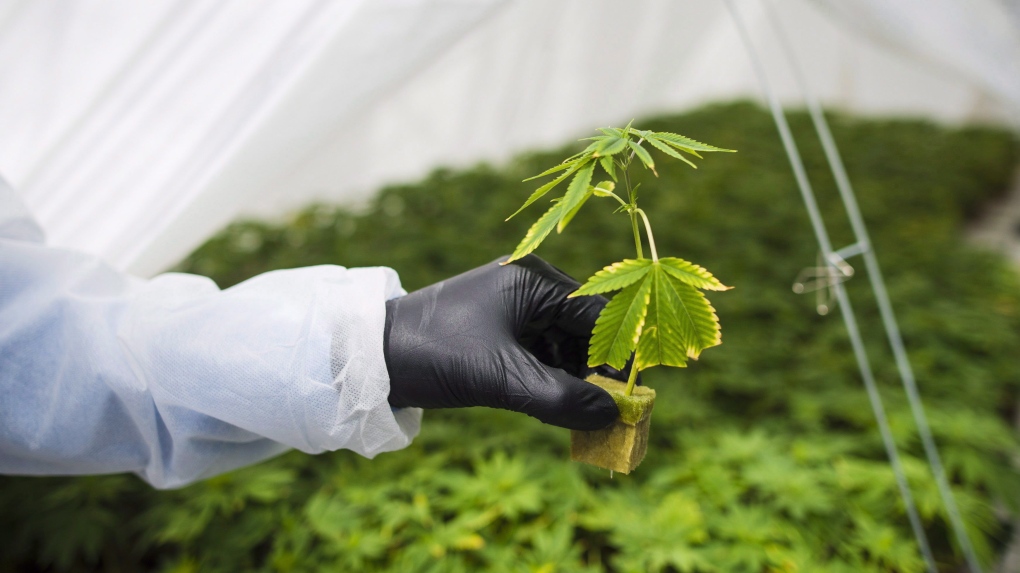Cannabis Companies Confront Operational Challenges Amidst Severe Weather
LOS ANGELES– As severe weather conditions persist, cannabis companies spanning from Northern California to South Florida are grappling with new operational obstacles. The strain on power grids and the aftermath of historic flooding in parts of the Northeast add to the difficulties faced by millions of individuals and businesses across the country due to climate change.
The scorching temperatures in the southern United States and California’s renowned Emerald Triangle have prompted cannabis cultivators to implement emergency measures. These include providing shade for plants, reducing energy consumption during peak hours, and adjusting work shifts to include night hours.
In Massachusetts, Mayflower Medicinals, a vertically integrated cannabis company, temporarily closed its Boston retail store earlier this month for two days when the air-conditioning system malfunctioned due to excessive heat.
According to the North American Electric Reliability Corp., an international regulatory authority, two-thirds of North America is at risk of energy shortages this summer during periods of high electricity demand. Indoor cannabis growers, who heavily rely on lighting, heating, ventilation, and air conditioning (HVAC), as well as humidity-control systems, are substantial consumers of electricity, exacerbating the strain on energy resources.
Meanwhile, outdoor growers are at the mercy of extreme temperatures, rainfall, hail, fires, and smoke caused by Canadian wildfires that have once again affected the Midwest, the Great Lakes, and the Northeast.
“We are in the age of climate risk and adaptation,” remarked Derek Smith, executive director of the Resource Innovation Institute, a nonprofit organization in Portland, Oregon, advocating for climate resilience. Smith emphasized the need for cannabis operators to invest in climate-smart practices, similar to those adopted by other agricultural sectors. This entails assessing site feasibility and considering protective measures for certain cultivation stages.
The ongoing convergence of severe weather events underscores the significant impact of climate change on cannabis businesses. From energy management challenges faced by indoor cultivators to the environmental risks experienced by outdoor growers, the cannabis industry is forced to navigate the complexities of climate-related disruptions. Adapting to these risks and investing in sustainable practices will be crucial for the long-term resilience of cannabis companies in the face of a changing climate.



































